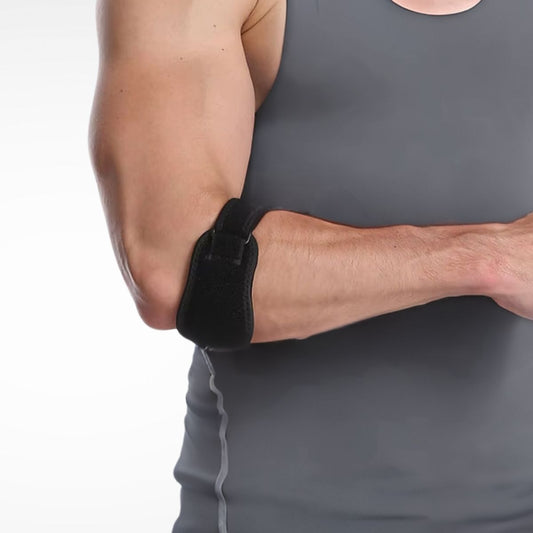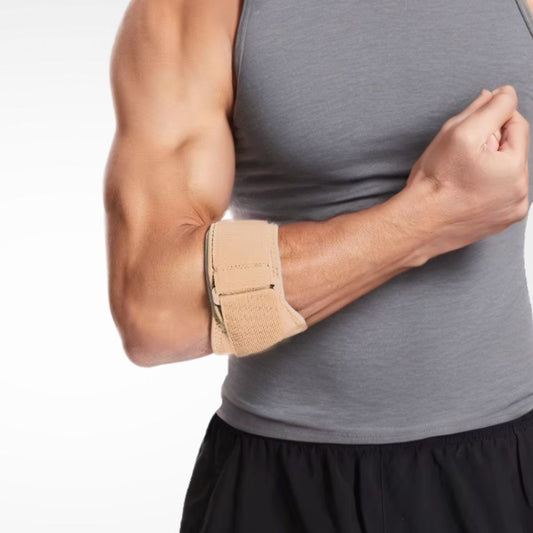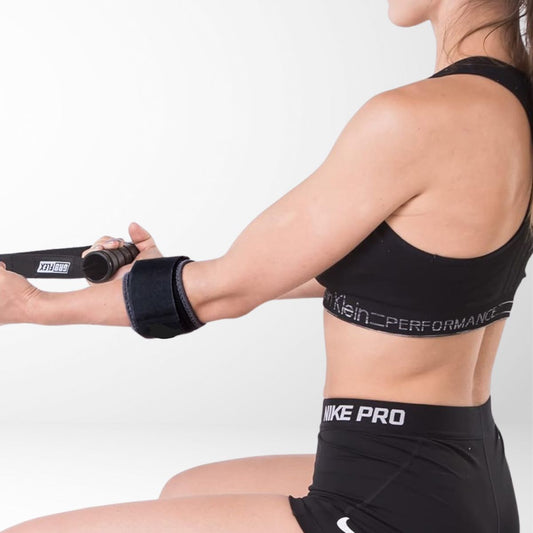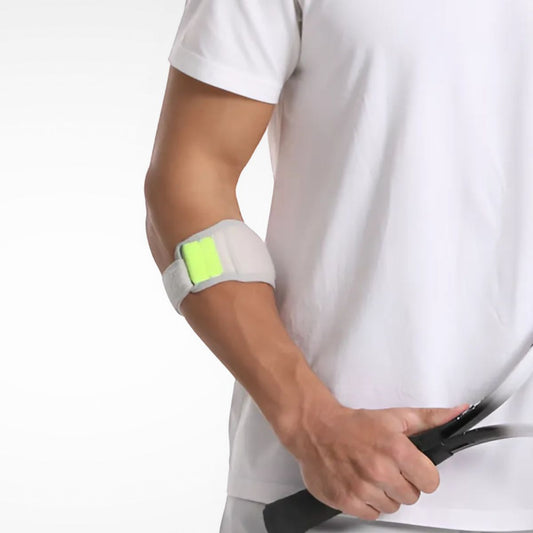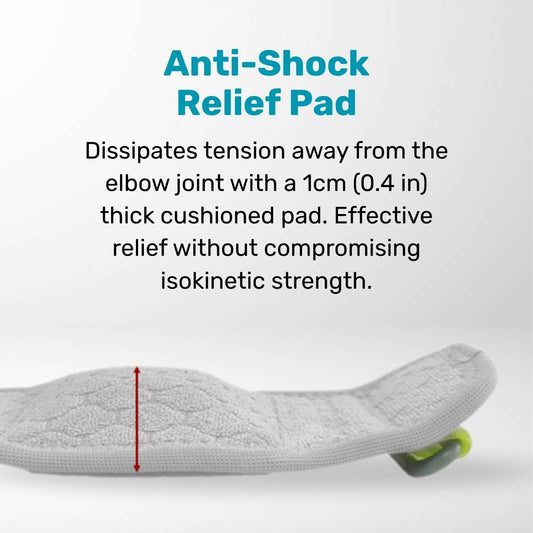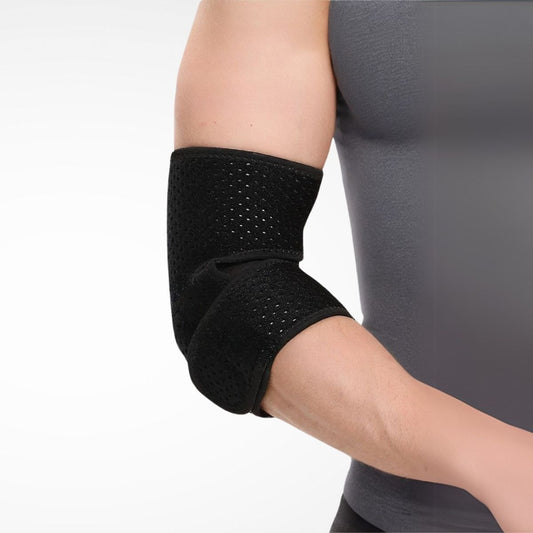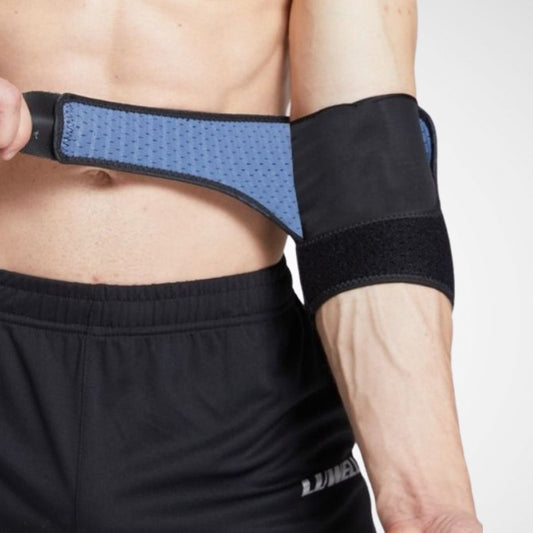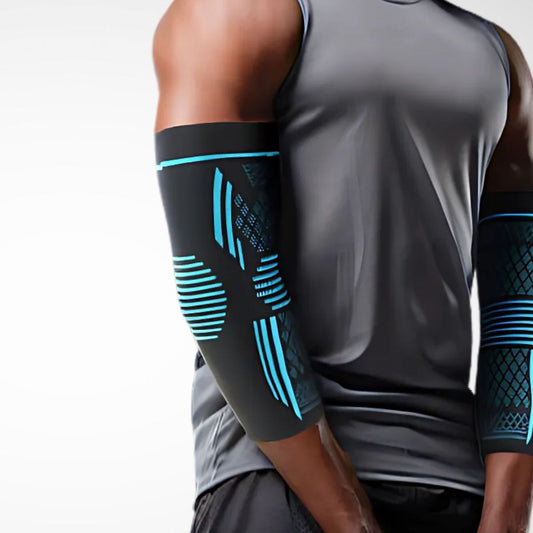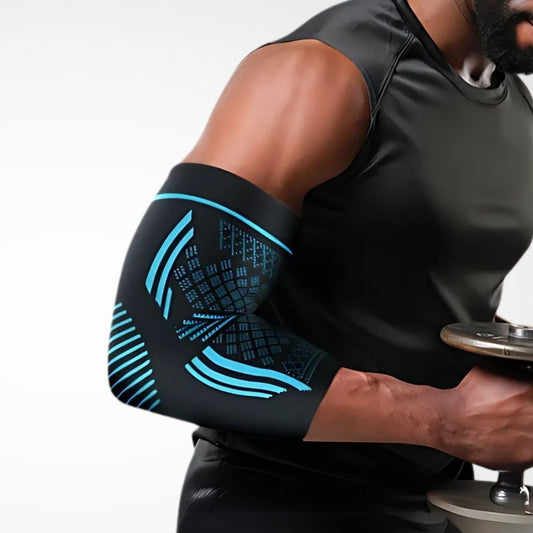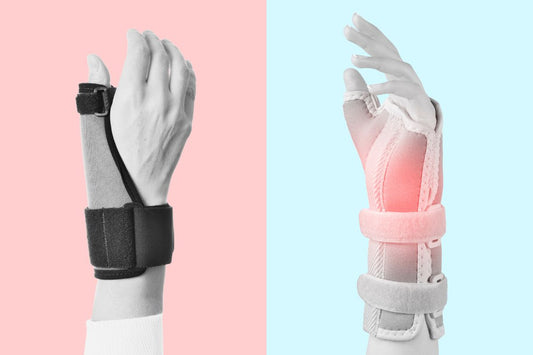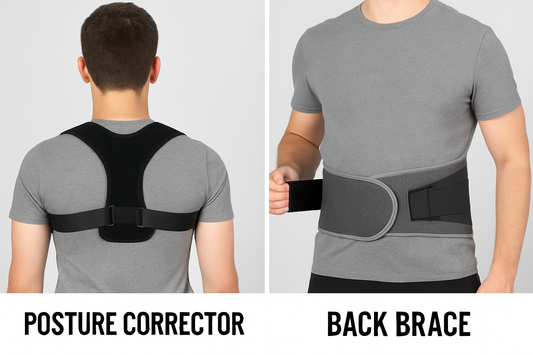Dealing with elbow tendonitis can be frustrating — simple activities like typing, lifting a bag, or even shaking hands can turn painful. Whether you're an athlete, a manual worker, or someone dealing with repetitive strain, finding the right support can make all the difference.
If you're searching for the best elbow brace for tendonitis, this guide breaks down everything you need to know: what elbow tendonitis actually is, how a brace can help, and other alternatives you may want to consider.
What Is Elbow Tendonitis?
Elbow tendonitis refers to the irritation or inflammation of the tendons around your elbow joint — the thick cords that connect muscles to bones. There are two main types:
- Lateral epicondylitis (Tennis Elbow): Pain on the outer part of the elbow, often caused by repetitive gripping or wrist extension.
- Medial epicondylitis (Golfer’s Elbow): Pain on the inner part of the elbow, typically linked to repeated wrist flexion or forearm strain.
Despite the names, you don’t have to play tennis or golf to develop tendonitis. It’s common in people who do repetitive activities, including typing, carpentry, weightlifting, and even household chores.
Symptoms often include:
- Aching or sharp pain around the elbow
- Weak grip strength
- Stiffness or discomfort when moving the wrist
- Tenderness when touching the affected area
Left untreated, elbow tendonitis can linger for months — or even become a chronic issue.

How Does a Brace Help Tendonitis?
An elbow brace isn't just for show — it plays a real, mechanical role in healing and symptom management. Here's how:
1. Reduces Strain on the Tendons
A properly fitted brace applies targeted compression around the forearm muscles. This limits the tension placed on the inflamed tendon attachment at the elbow, giving it a chance to rest and recover during daily activities.
2. Improves Healing Conditions
By offloading stress from the tendon, a brace creates a more favorable environment for tissue healing. It doesn’t replace the need for rest and rehab, but it supports the process by preventing further irritation.
3. Pain Relief and Confidence
Braces often reduce pain almost immediately by stabilizing the area and minimizing movements that trigger discomfort. This can help you stay more active and confident during recovery, rather than completely immobilizing the arm.
4. Guides Proper Movement
Some braces are designed to gently limit range of motion, preventing overextension or aggravating motions. This is especially useful during work, sports, or physical therapy sessions.

Best Elbow Braces for Tendonitis: What to Look For
Despite being often recommended by healthcare providers and physical therapists as a supportive device, you should know that not all braces are created equal. When looking for the best elbow brace for tendonitis, consider:
- Adjustable compression: Customizable tightness for optimal support without cutting off circulation.
- Breathable materials: Comfortable enough for longer wear during work or sports.
- Targeted pressure pad: Some braces have a built-in pad that focuses pressure exactly where it's needed.
- Low-profile design: Easy to wear under clothes if needed.
Lightweight, strap-style braces are often recommended during active phases, while sleeves may help during milder flare-ups or during recovery phases.
Alternatives to Elbow Braces
While elbow braces are effective tools, they’re not the only strategy. Depending on the severity of your tendonitis, you may also want to consider:
1. Physical Therapy
Guided exercises to strengthen the forearm muscles, improve flexibility, and promote proper movement patterns can address the root cause of tendonitis.
2. Elbow Compression Sleeves
Elbow sleeves that provide compression can help with tendonitis symptoms as well. Although it is somewhat similar to a tennis elbow brace, there are differences between the two to look out for. For a comprehensive comparison between the two, read this article.
3. Rest and Activity Modification
Avoiding repetitive strain and allowing time for the tendon to heal is critical. In some cases, even short breaks from aggravating activities can prevent progression.
4. Ice and Anti-Inflammatory Care
Applying ice to the affected area can help control inflammation and reduce pain, especially in the early stages.
5. Taping Techniques
Some people find relief using KT tape or other supportive taping methods that stabilize the forearm muscles during activity.
6. Medical Interventions
For more stubborn cases, treatments like corticosteroid injections, shockwave therapy, or even platelet-rich plasma (PRP) therapy may be recommended by healthcare providers.
Final Thoughts
Choosing the best elbow brace for tendonitis isn't just about comfort — it's about giving your body the support it needs to heal properly. A quality brace can ease your symptoms, promote recovery, and help you return to the activities you love without constant pain.
However, braces work best when combined with a thoughtful plan: proper rest, targeted rehab exercises, and attention to what your body is telling you. If symptoms persist or worsen, consulting a medical professional is always the smart move.
Recovering from elbow tendonitis takes patience — but with the right tools and strategies, you're already one step closer to feeling better.


